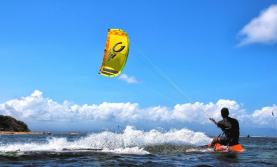Meet Skydio, An AI Powered Autonomous Drone Like No Other
Image
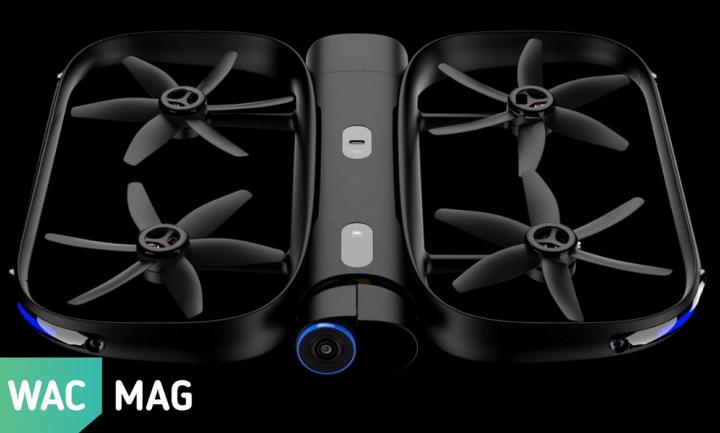
Max Video Resolution
Weight (KG)
Battery Life
Accessories In Box
Skydio R1
Extra battery (total of 2 included)
Extra propellers (set of four)
Lens cleaning cloth
Data transfer cables (USB Type C to A + USB Type C to C)
Charger and Adapter
Less than two months ago, Skydio, an autonomous drone startup based out of California unveiled the much-anticipated R1 drone, an intelligent piece that's been four years in the making.
Unlike the typical drone, the R1 was designed to operate on its own with the help of the Skydio Autonomy Engine, the 13 cameras fastened to its frame, vision algorithms, advanced robotics, and AI-powered technologies.
Thus, with this drone, you can capture high-quality videos of a subject through the drone’s 4k, 30fps camera while it navigates complex and dense environments without any help on your part. In fact, the drone operates without a controller. But you may need your smartphone to manage a few of its functions through its app.
To ensure strength and durability, Skydio utilized carbon fiber and aluminum in constructing the drone’s frames and other structural parts so don’t expect it to break down easily.
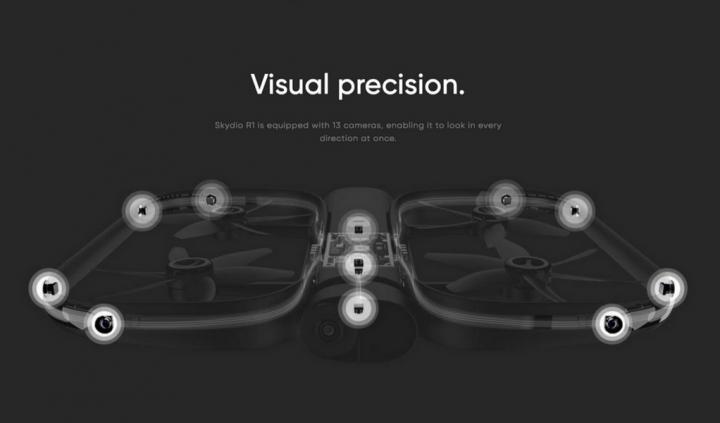
Cameras
In addition to the main camera 4K camera, the other 12 cameras packed into this bird's frame generate stereoscopic images that assist it to create a 3D map of its surrounding environment so that it can predict the movement of a subject four seconds ahead.
All the 12 cameras work together and submit the visual information to the 256-core NVidia TX1 GPU, which is exactly the same processor self-driving cars use.
Eventually, the drone is able to correctly balance the subject's position in the frame while filming and to sense obstacles and then fly around or over them.
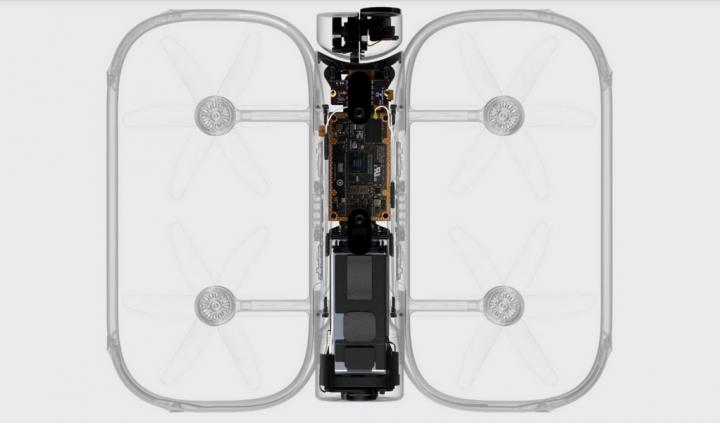
Fully Autonomous
Skydio Autonomy Engine is what Flight Autonomy 2.0 is to DJI's Mavic Air. Both are impressive but DJI's flight autonomy is only semi-autonomous, meaning it still relies on human help to function optimally, something that Skydio Autonomy Engine takes pride in having eliminated. So yes, they've raised the bar and taken things to a whole new level.
In order to operate autonomously, the drone’s autonomy engine has to understand what’s happening, the direction it’s going, and what’s going to happen next. It does this first through simultaneous localization and mapping (SLAM), a technology that enables the drone to come up with a map of an environment and update it while maintaining focus on the subject.
Then with the help of deep learning methods, it’s able to comprehend what it sees by distinguishing the different elements being fed into its system. Thereafter, it uses all the information gathered i.e. the 3D map and the subject’s movements plus the user commands and its clever maneuvering capabilities to make smart moves and capture fascinating videos.
However, one still has to manage the launching and landing, view video previews, and change footage settings with the help of the smartphone app. The app also has a manual flying mode but bearing in mind that the drone is autonomous, that makes it less useful in this case.
Forget about controllers because Skydio got rid of them completely with this new bird.
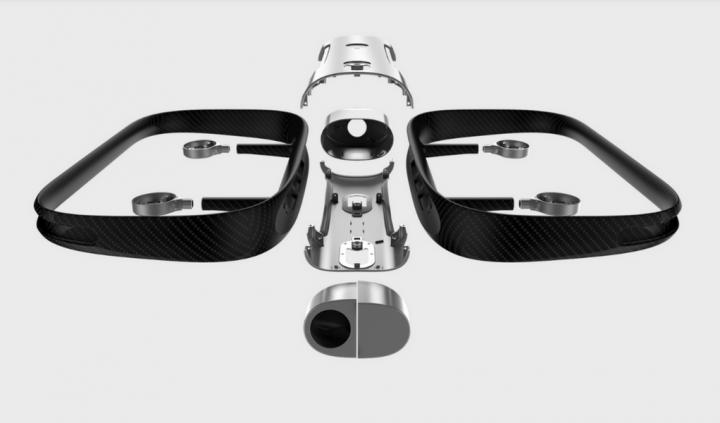
Flying Modes
Besides following the subject, the R1 can orbit it, and film it in profile perspective or from high above. Still, it can fly in front of you, something a person used to vlogging will find just perfect. Here's a video preview by Skydio.
What's more, you can fly this quad for up to 16 minutes, which is the total flight time generated by a single battery. The package comes with a pair. Also included with the drone is 64GB worth of internal storage.
However, note that the R1 is relatively large and may not actually fit on your back because it doesn't come apart.
Now, if you would like to own the R1 now, you will be required to part with $2499





